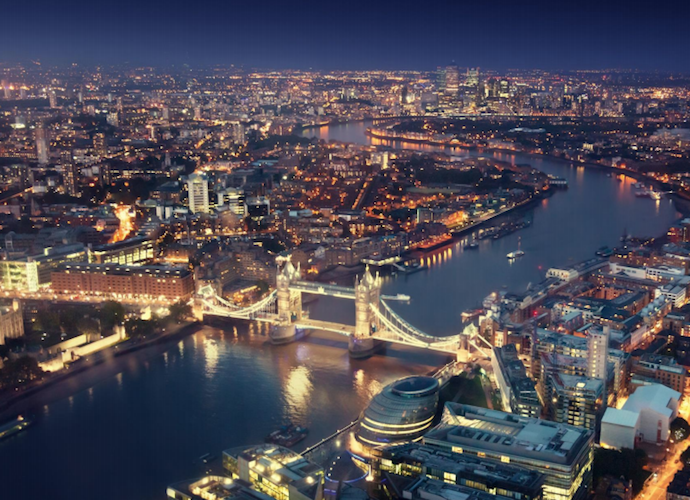There has been a lot of information compiled and reported about which parts of London and which groups of Londoners are most at risk from the coronavirus and why. Sometimes the flow of facts and theories feels contradictory and confusing. Getting a clear picture is, of course, a vital starting point to working out how best to contain Covid-19. A piece of research for Trust For London by consultants WPI Economics makes a start on that task.
In terms of London’s geography, a piece of Hammersmith & Fulham has seen the highest number of death certificate mentions of Covid-19, as compiled by the Office for National Statistics (ONS). The ONS collects these data from what are called Middle Super Output Areas (MSOAs), each of which has around 7,200 people living in it.
The MSOA with the highest incidence of these “Covid-19 deaths” according to the most recent ONS figures is Ravenscourt Park North, with a rate of 344 such deaths per 100,000 residents. Close behind was Harefield MSOA in Hillingdon, with a rate of 343 per 100,000. After these came Little Ilford West in Newham, Stanmore Park in Harrow, Chingford Green East in Waltham Forest, Greenford South (Ealing) and then Bexleyheath Broadway (Bexley) with a rate of 300 per 100,000.
What accounts for those neighbourhoods being at the top of the London list? Might it all be explained by high levels of poverty? Maybe not. Ravenscourt Park North is an area of middling prosperity, placed on average in the fifth decile of the government’s index of multiple deprivation rankings (a widely-used measure of poverty). So is Harefield in Hillingdon. And though third-placed Little Ilford West is in the second decile – the second most deprived category of MSOAs – fourth-placed Stanmore Park in suburban Harrow is in the eighth decile, meaning it is one of the least deprived.
Moreover, although the 20 London MSOAs with the highest Covid-19 death rates include three that fall into the first, most deprived, decile of the IMD (Stonebridge and Church End, both in Brent, and Tottenham Green East in Haringey), it also includes one from the least deprived group – Sanderstead in Croydon.
Overall, there are more of the poorer MSOAs than the least poor, strongly suggesting that poverty is a significant factor in which London neighbourhoods have the highest rates of deaths in which Covid-19 seems to have play a part. But it appears that other neighbourhood characteristics are at play too.
The WPI Economics paper draws these out. It says that on the strength of the stats available, the “most important neighbourhood factor overall was the count of residents aged 65 or over“. Areas defined as having high numbers of these older people “would be expected to have 25 more Covid-19 deaths per 100,000 than those with lower numbers.
At the same time, the most deprived 20 per cent of London neighbourhoods saw on average 23 more Covid-19 deaths per 100,000 people than the 20 per cent least deprived, after the figures were controlled for “a wide range of other neighbourhood measures”.
Those who’ve seen On London‘s coverage of care homes in Croydon (and elsewhere in London) won’t be surprised that WPI Economics calculates that a higher number of care homes in an area also has an impact on the local death rate – 21 more Covid-19 deaths per 100,000 for areas with high numbers of them than those with low numbers.
They also find that “ethnicity was important independently of other factors, particularly neighbourhoods with high numbers of black and Asian residents”. Such neighbourhoods might be expected to experience between nine and 13 more Covid-19 deaths per 100,000 than those with low numbers.
The researchers urge caution about their findings: there are caveats about the data available and it says that its brief analysis “cannot tell us whether there are direct causal links” between age, deprivation and ethnic profiles of areas. However, it believes its study “does provide important insights for policymakers and those providing frontline services”. You can read the report in full via Trust For London.
OnLondon.co.uk exists to provide fair, thorough and resolutely anti-populist news, comment and analysis about the UK’s capital city. It depends heavily on donations from readers. Give £5 a month or £50 a year and you will receive the On London Extra Thursday email, which rounds up news, views and information about London from a wide range of sources. Click here to donate via Donorbox or contact davehillonlondon@gmail.com. Thanks.

